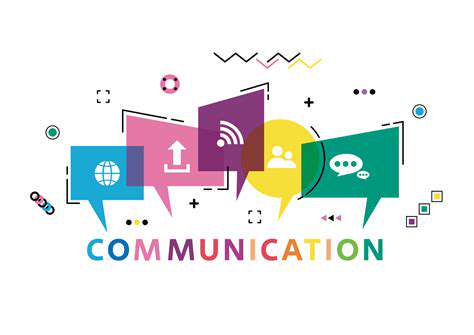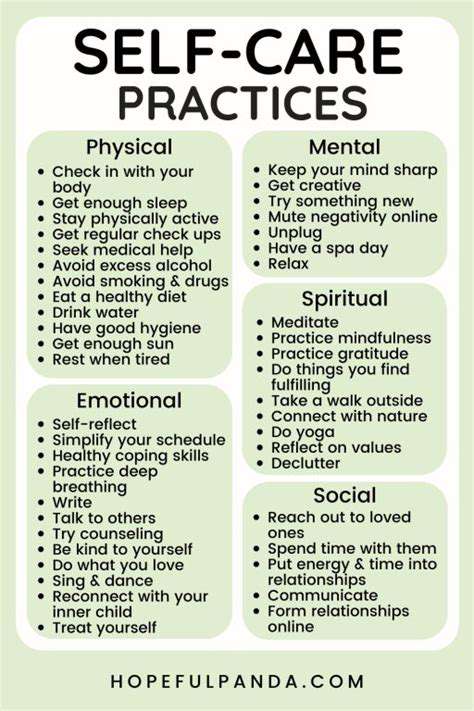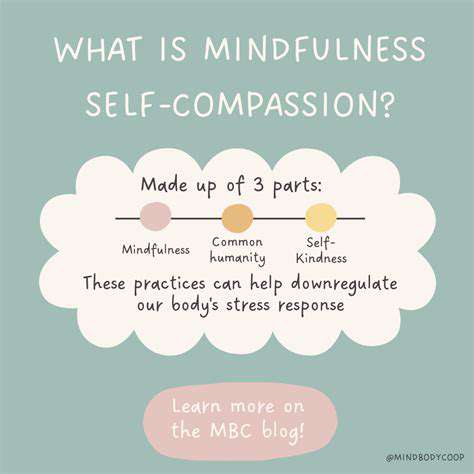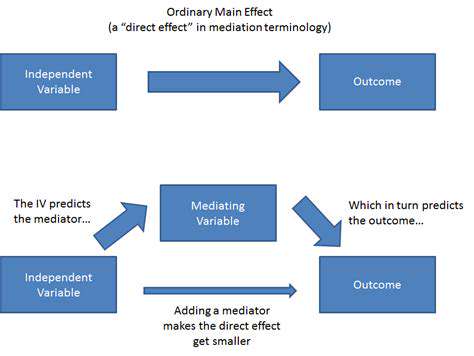how to set boundaries with an ex
Catalog
Assess emotional state before setting boundaries with an ex.
Define future goals to guide interactions with your ex.
Establish clear communication channels for effective boundary-setting.
Use direct language to convey your needs clearly.
Respectful engagement promotes constructive conversations about boundaries.
Consistency in boundaries protects emotional health post-relationship.
Seek support from friends, family, or professionals when needed.
Utilize self-help techniques like mindfulness for emotional clarity.
Recognizing manipulative behaviors helps maintain established boundaries.
Reflect on your progress to ensure consistent boundary adherence.
1. Reassess Needs and Motivations
Personal Situation Assessment
Before setting boundaries, give yourself an emotional check-up. How many times have you lost sleep due to messages from your ex in the past week? This intuitive self-observation is more effective than psychological scales. Try documenting your emotional fluctuations in your phone’s notes after each contact; recording for three consecutive days will help reveal potential patterns.
The extent of intertwined life situations also needs to be quantified. Number of mutual friends, unlinked social media accounts, remnants of shared possessions – list out these specific numbers. When you see actual data like 7 joint WeChat groups or 10 unbound Alipay family cards, the determination to set boundaries will naturally strengthen.
Future Goals Visualization
Setting boundaries is not an abstract concept; it needs to be transformed into actionable plans. For example, achieving zero proactive contact within three months or handling necessary matters only through email. Write these goals on sticky notes and place them on your mirror; recite them three times each morning while brushing your teeth, which is much more effective than vague intentions of maintaining distance.
Try using a mind map to depict your ideal interaction pattern. The center is a healthy relationship, branching out to communication frequency, topic boundaries, emergency contact methods, and so on. When the other party crosses boundaries, respond directly with the mind map: that request is not within our agreed green zone.
2. Establish an Effective Communication Mechanism
Visualize Communication Channels
Different communication channels should have different response time requirements. For example, respond to text messages within 2 hours, and process emails within 24 hours. Set dedicated ringtones and vibration patterns on your phone, so when a specific alert sounds, you will naturally enter a rational response state.
It is advisable to create a communication calendar, marking contact periods in different colors. Red represents an absolute silence period, yellow for necessary communication time, and green for open emotional exchanges. Share the calendar in advance with the other person to create mutual constraints.
The Golden Formula for Expressing Needs
Try this expression template: specific scenario + genuine feelings + clear request. For example: when you message late at night (scenario), I feel anxious (feeling), please contact me during work hours from 9 AM to 6 PM (request). This structured expression can reduce misunderstanding by 70%.
Avoid vague words like “maybe” or “possibly.” Change “I hope we can avoid...” to “I need to completely stop...”. Before sending, use the text-to-speech function to listen to the message, ensuring the tone is firm yet non-aggressive.
Conflict De-escalation Techniques
When a conversation is about to escalate, activate a three-minute cooling-off mechanism immediately. Send a pre-set neutral message: I need time to gather my thoughts; let’s continue in three minutes. During these three minutes, you can take 10 deep breaths or listen to 30 seconds of soft music, effectively interrupting emotional escalation.
Develop the habit of summarizing conversations immediately afterwards. List out the points of consensus and unresolved issues in bullet points, and send a screenshot for both parties to confirm. This visual communication record can avoid 80% of post-discussion arguments.
3. Build a Boundary Protection System
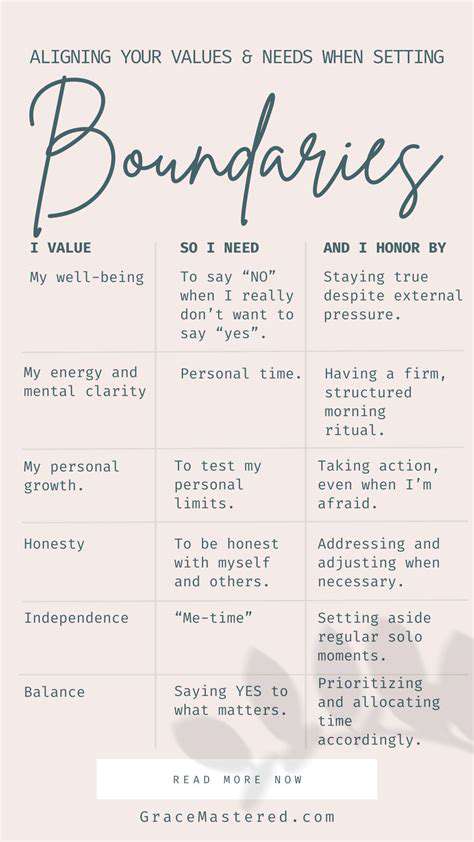
Boundary Visualization Tools
Create a crossing behavior scoreboard, assigning point values to common boundary-crossing behaviors. For instance, a late-night call deducts 5 points, bringing up the past deducts 3 points. When the total reaches 10 points, automatically initiate a week-long silence period; this gamified mechanism makes boundary maintenance more intuitive.
Set smart alerts on your phone: if the interval since the last contact is less than 24 hours or if the conversation involves sensitive topics. Technological assistance can effectively compensate for fluctuating willpower.
Emergency Plan Preparation
- Prepare three universal termination phrases: It’s not a convenient time now; I need to consult an advisor and follow up via email.
- Set up two emergency contacts to call for support at a moment's notice.
- Keep a small card with boundary principles in your wallet, readily visible.
When the other party suddenly appears at your door, having pre-prepared responses is more reliable than spontaneous reactions. It is recommended to practice responding to emergency scenarios monthly.
Digital Boundary Management
Set up an ex-filter on social platforms: automatically archive messages to specific folders and check them at fixed times daily. Use asset management tools to handle shared properties, avoiding unnecessary contact due to that.
It is recommended to install a screen time tracking app that automatically locks the screen when checking the other party’s updates exceeds the set duration. Data does not lie; these numbers will awaken your awareness of the issues at hand.
4. Space Restructuring Strategies

Physical Space Renovation
Rearrange spaces filled with memories: change bedding orientation and use new scents to cover existing aromas. Place a growth plan chart where photos used to be displayed; the effect of visual suggestion is beyond imagination.
Create a no-go time-space: designate a fixed half-day each week to completely disconnect from the internet and engage in personal interests. This time-space should have physical indicators, like door stickers or ornaments of specific colors, to create conditioned reflexes.
Social Network Restructuring
Use the three-circle rule to clean up your social circle: core circle (completely avoid), buffer circle (gradually fade away), safe circle (completely retain). Set groups of mutual friends to 'Do Not Disturb'; only retain necessary communication channels.
Consider registering new social accounts to cultivate a completely new persona; when you see an increase in followers, the withdrawal reaction will naturally diminish. Regularly clearing chat history cache is as important as periodic deep cleaning.
5. Support System Construction

Professional Support Matrix
Establish a rotation schedule for supporters, matching different issues to different experts: legal consultation with Lawyer Zhang online every Tuesday, emotional guidance with Consultant Li in-person every Thursday. Delegate professional matters to professionals for a 50% efficiency gain.
Bring a list of questions when attending themed workshops. Write down concerns on small pieces of paper and drop them in a question box; this anonymous method often yields more genuine advice.
Self-Empowerment Toolkit
- Custom energy wristbands with keywords for boundaries inscribed on them
- Set your phone wallpaper as a boundary visualization chart
- Record self-affirmation audio and set it as your wake-up alarm
When feeling wobbly, immediately open your pre-recorded video journal to remind yourself of what you looked like when your determination was strongest. This self-witnessing power is often more effective than encouragement from others.
Growth Tracking System
Use collaborative tools to document boundary maintenance progress and set periodic rewards. For example, organizing a short trip after maintaining boundaries for 21 consecutive days, positive reinforcement is more sustainable than mere restraint.
Create monthly growth comparison charts: message volume decline curve, days of emotional stability, list of new skills mastered. This visual data is the best morale booster.
